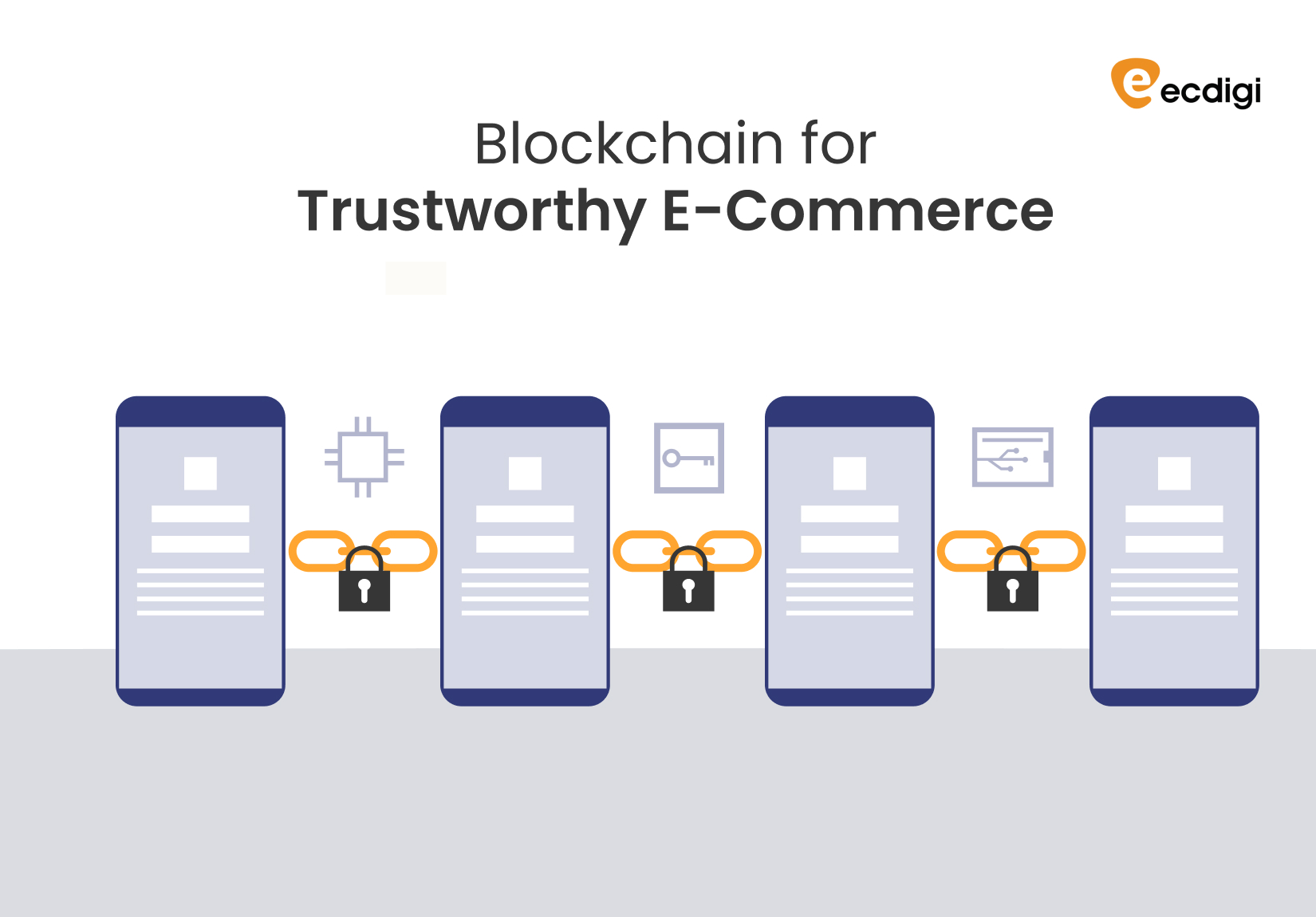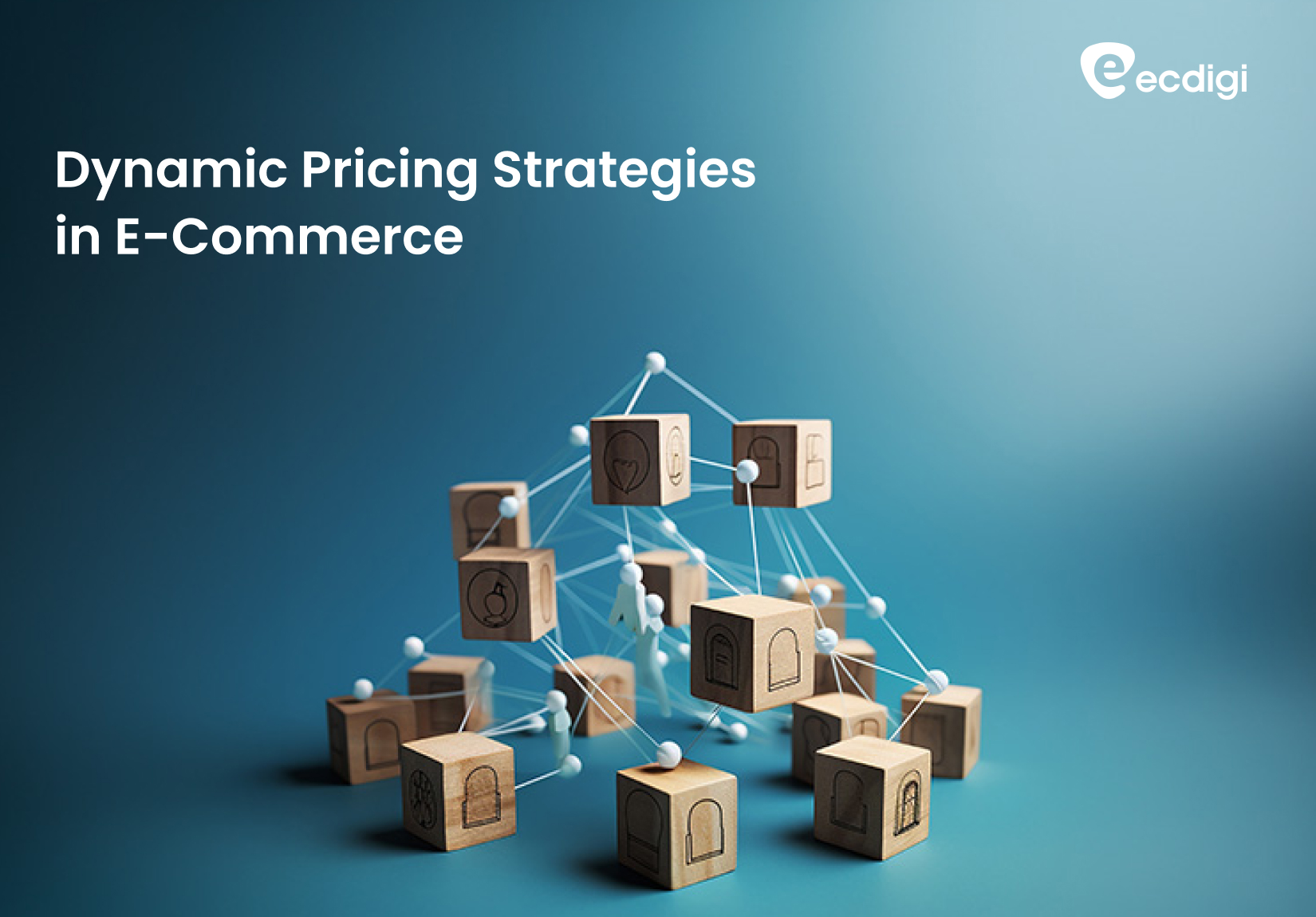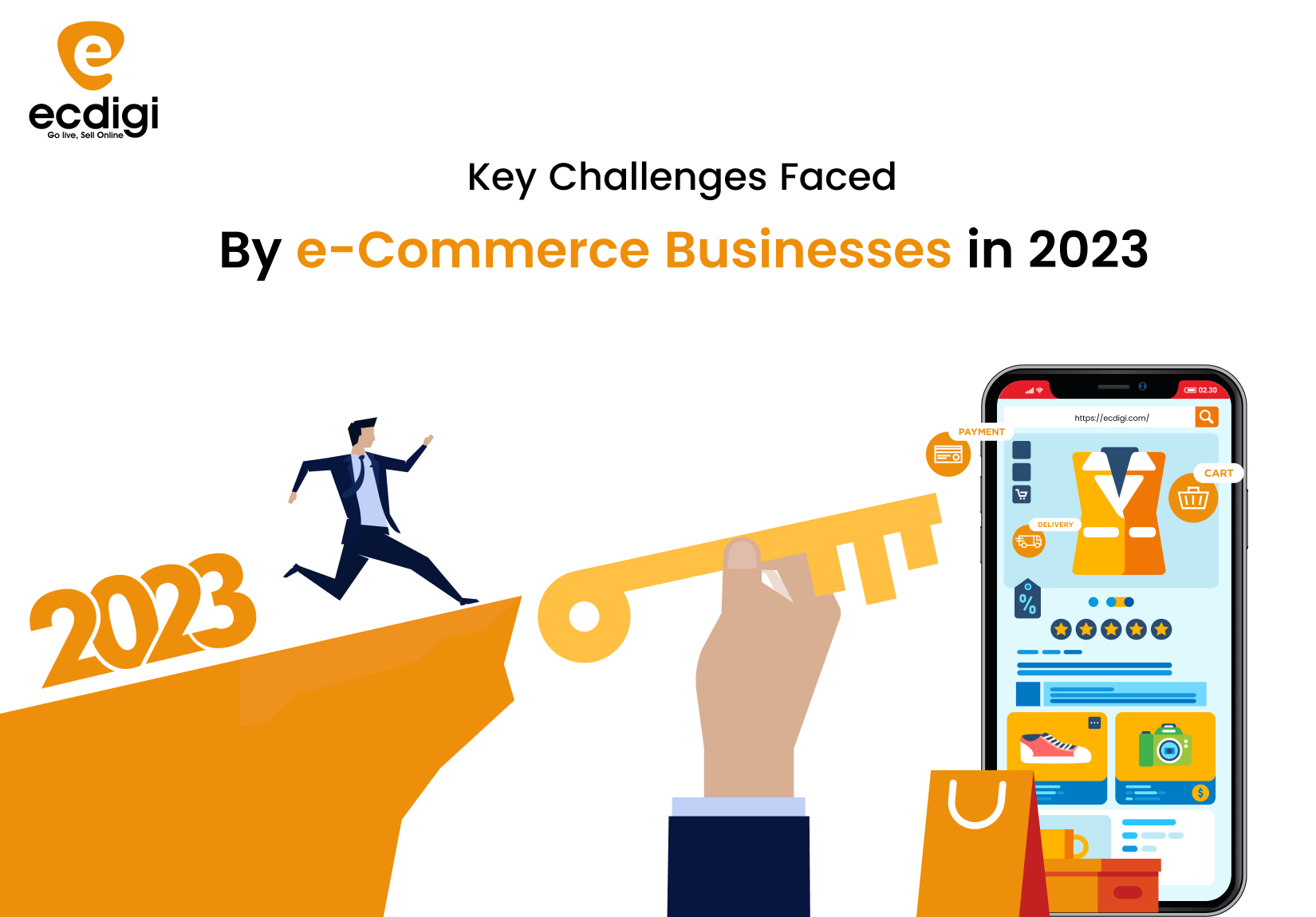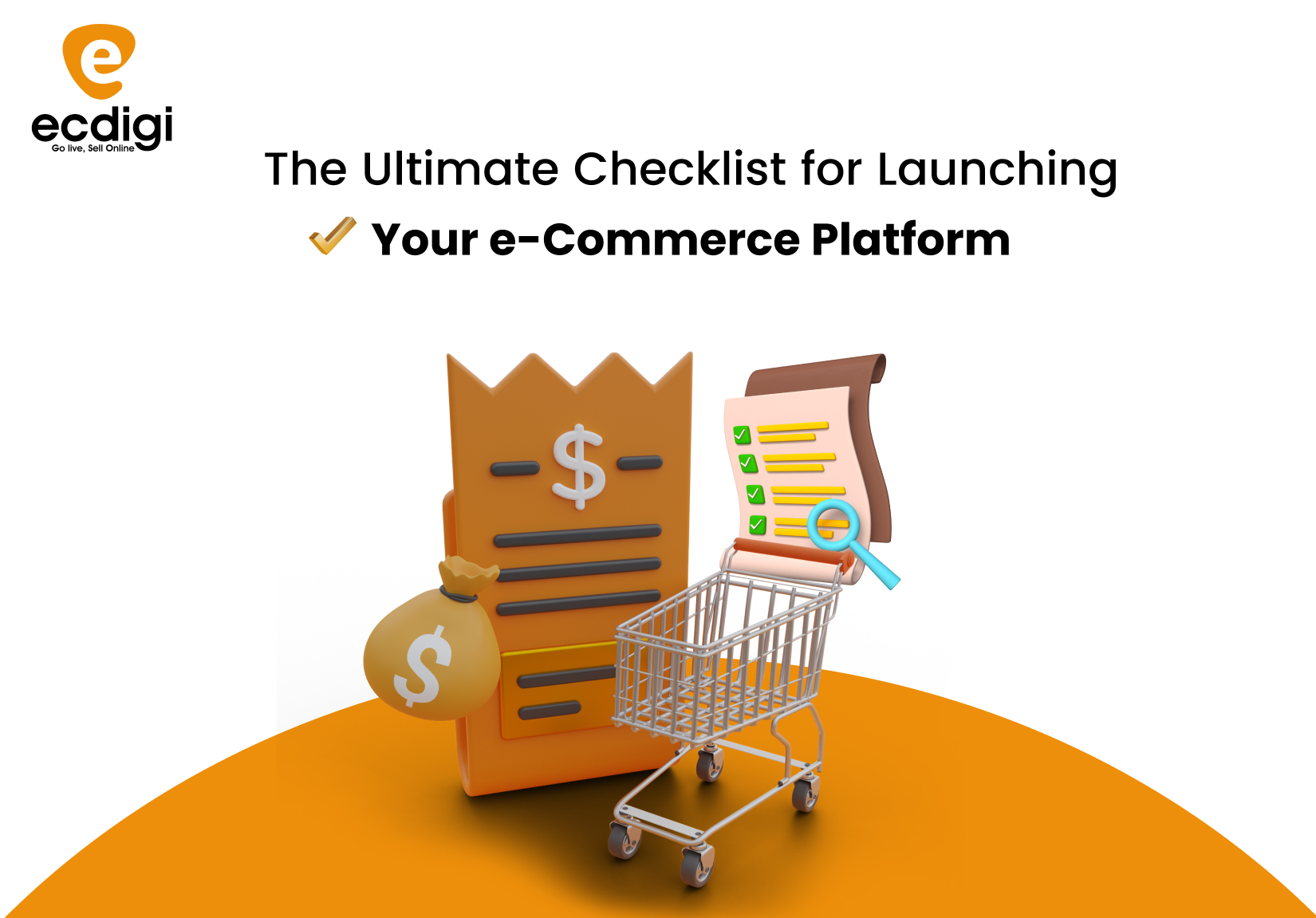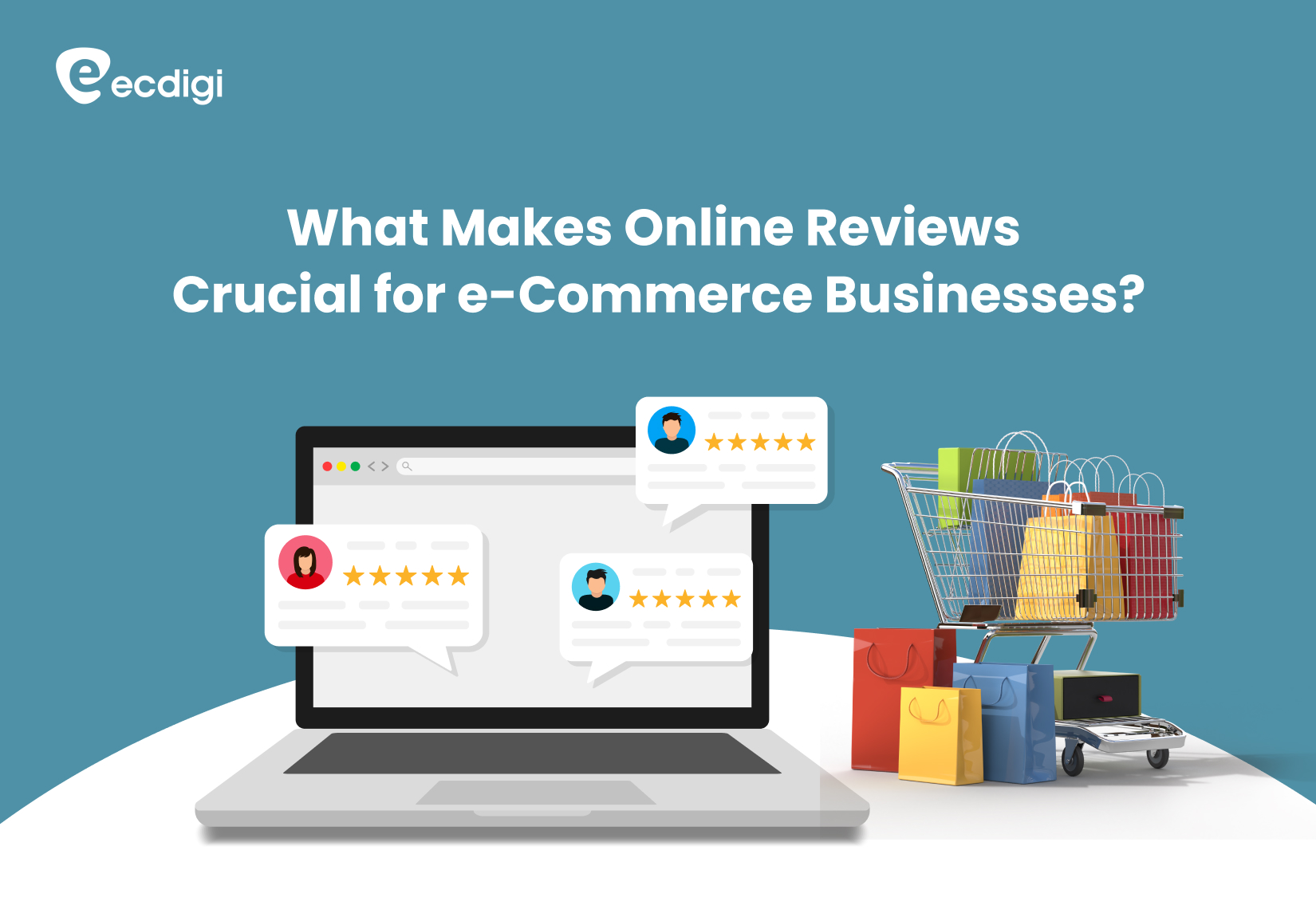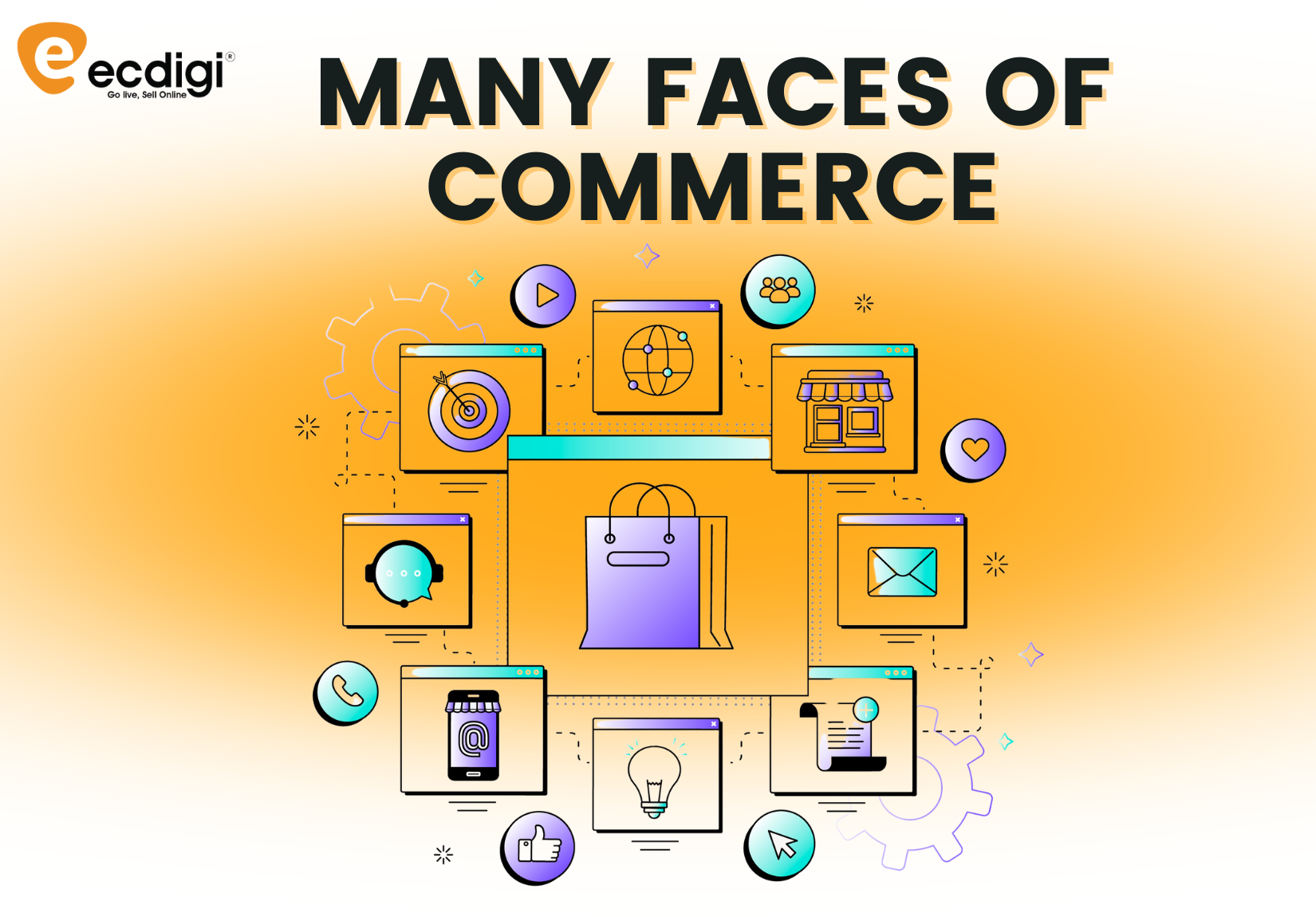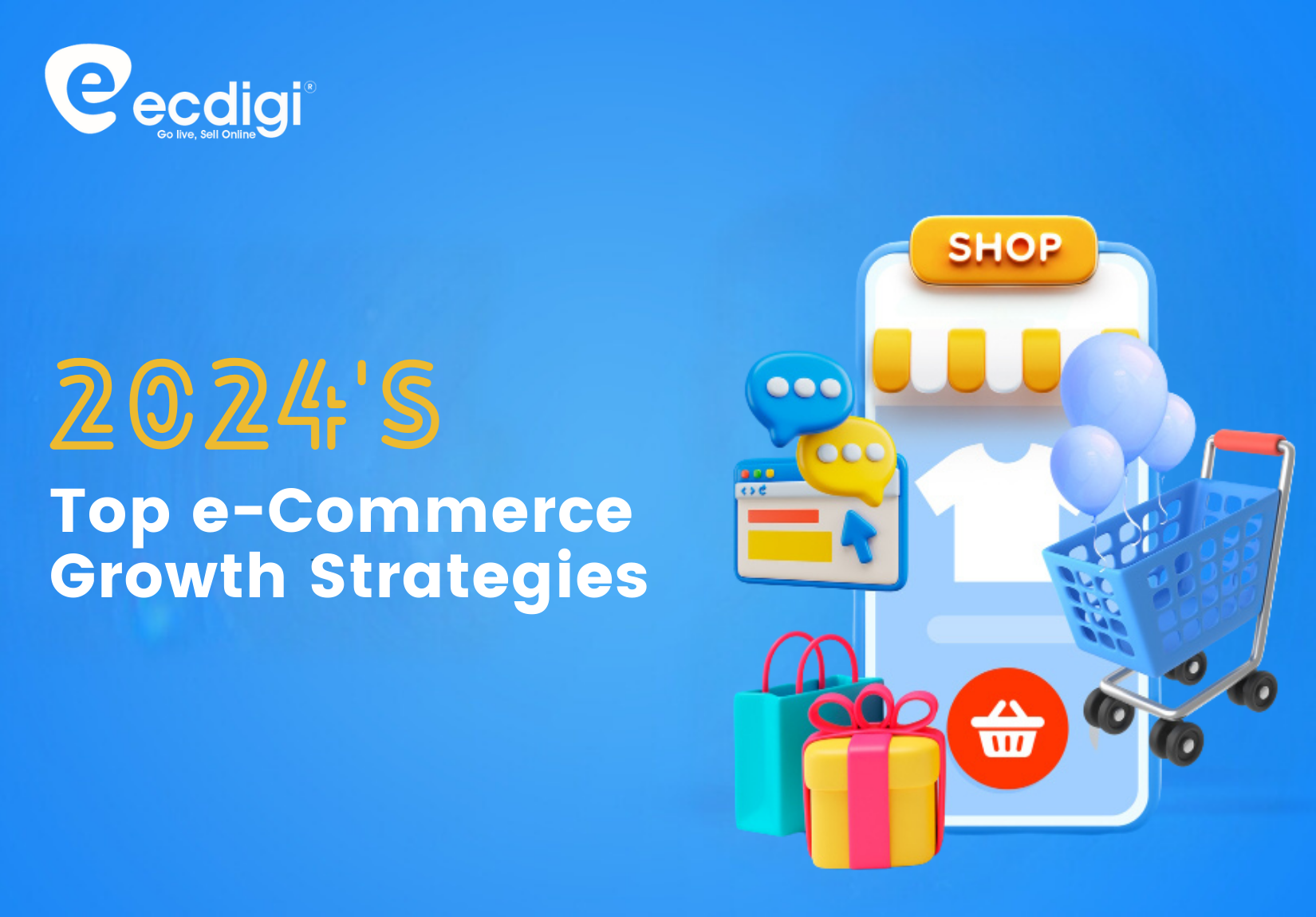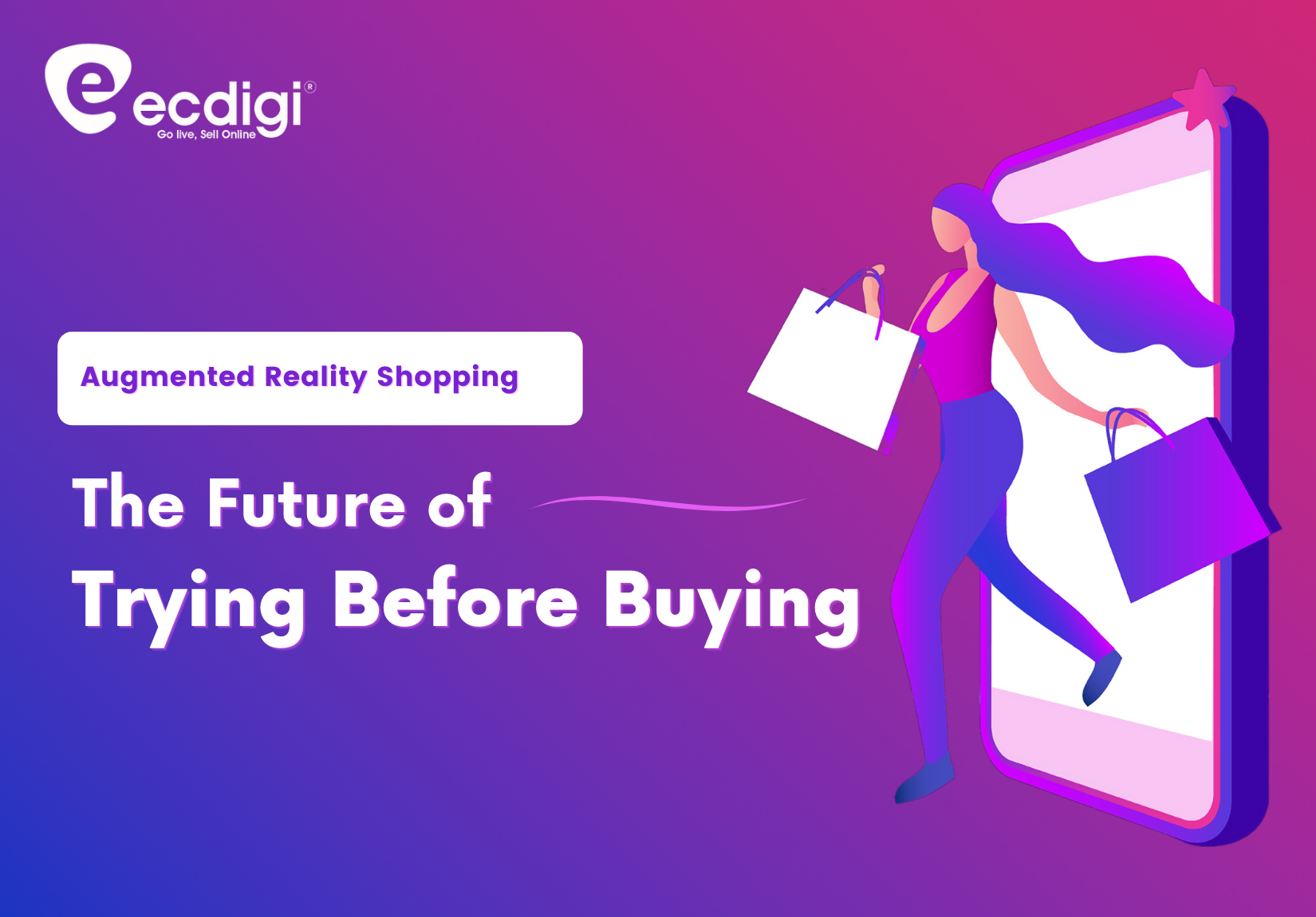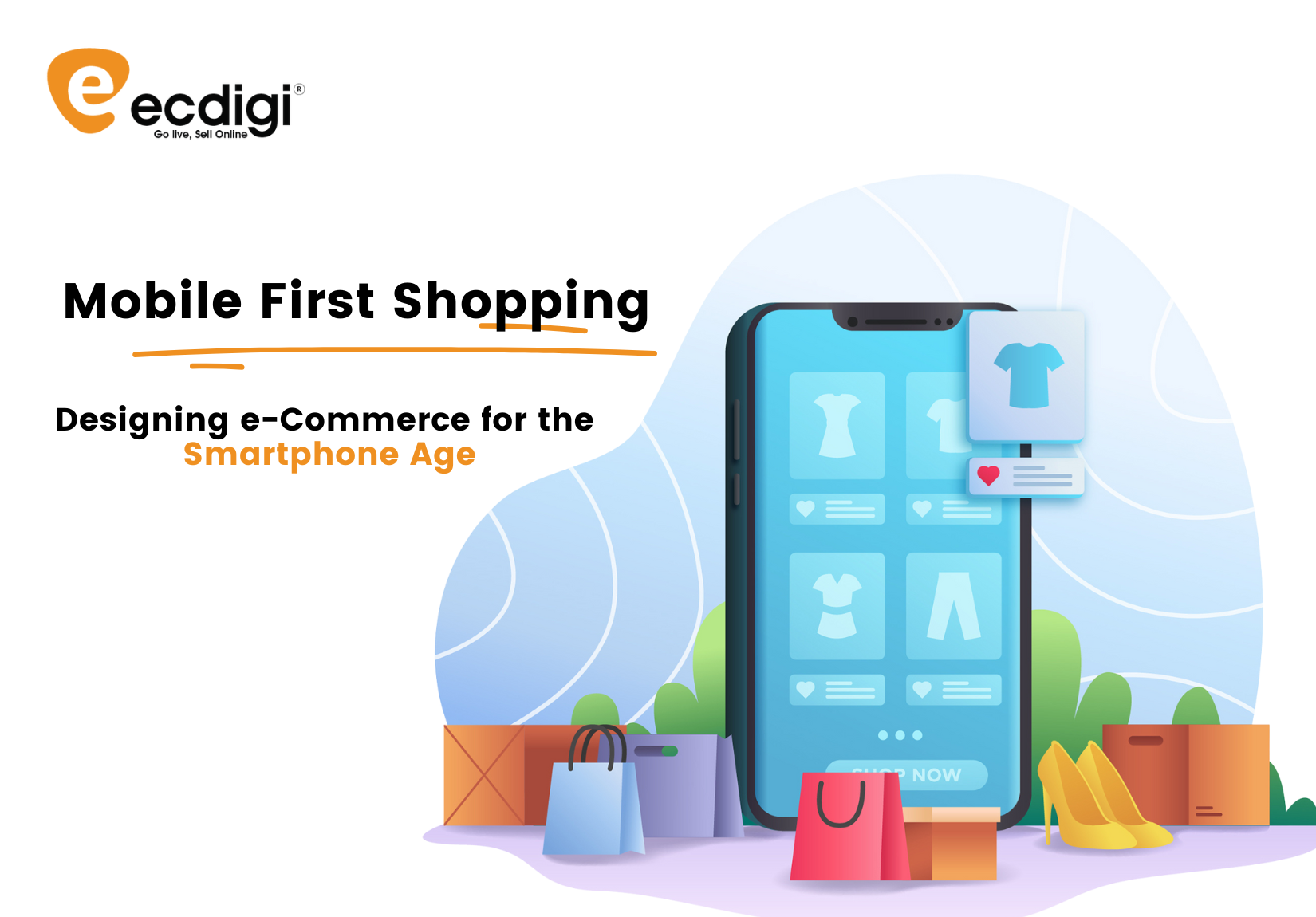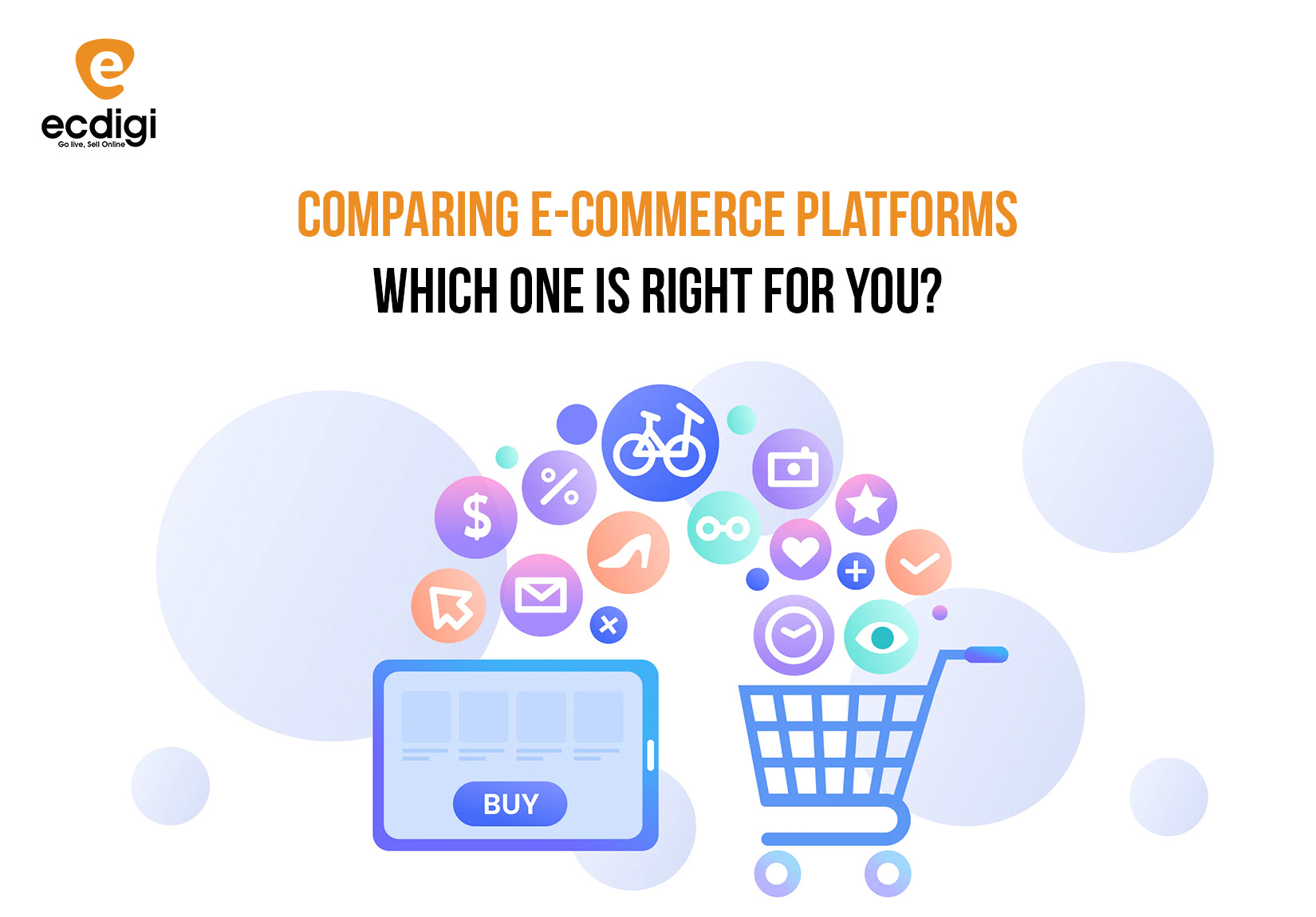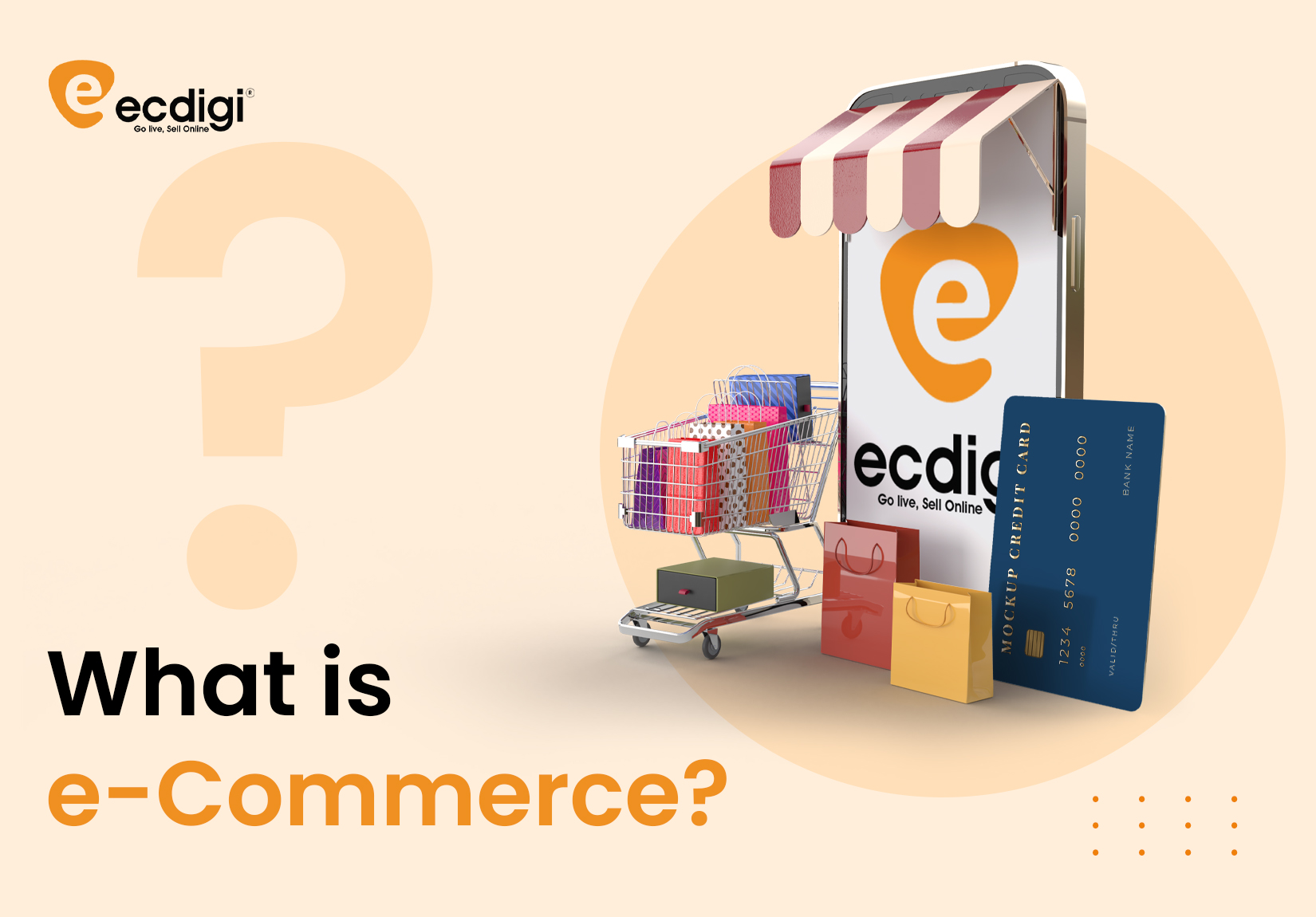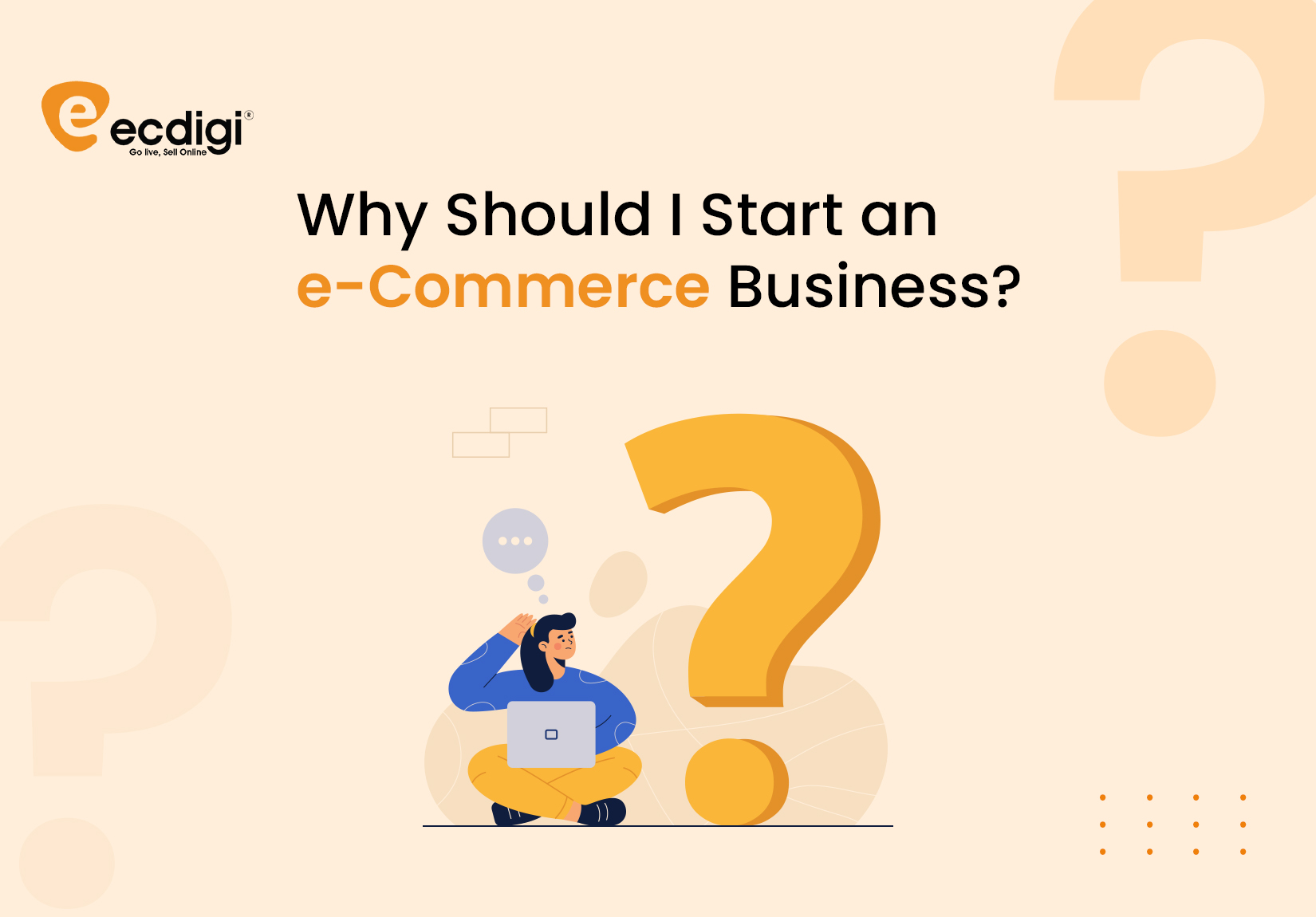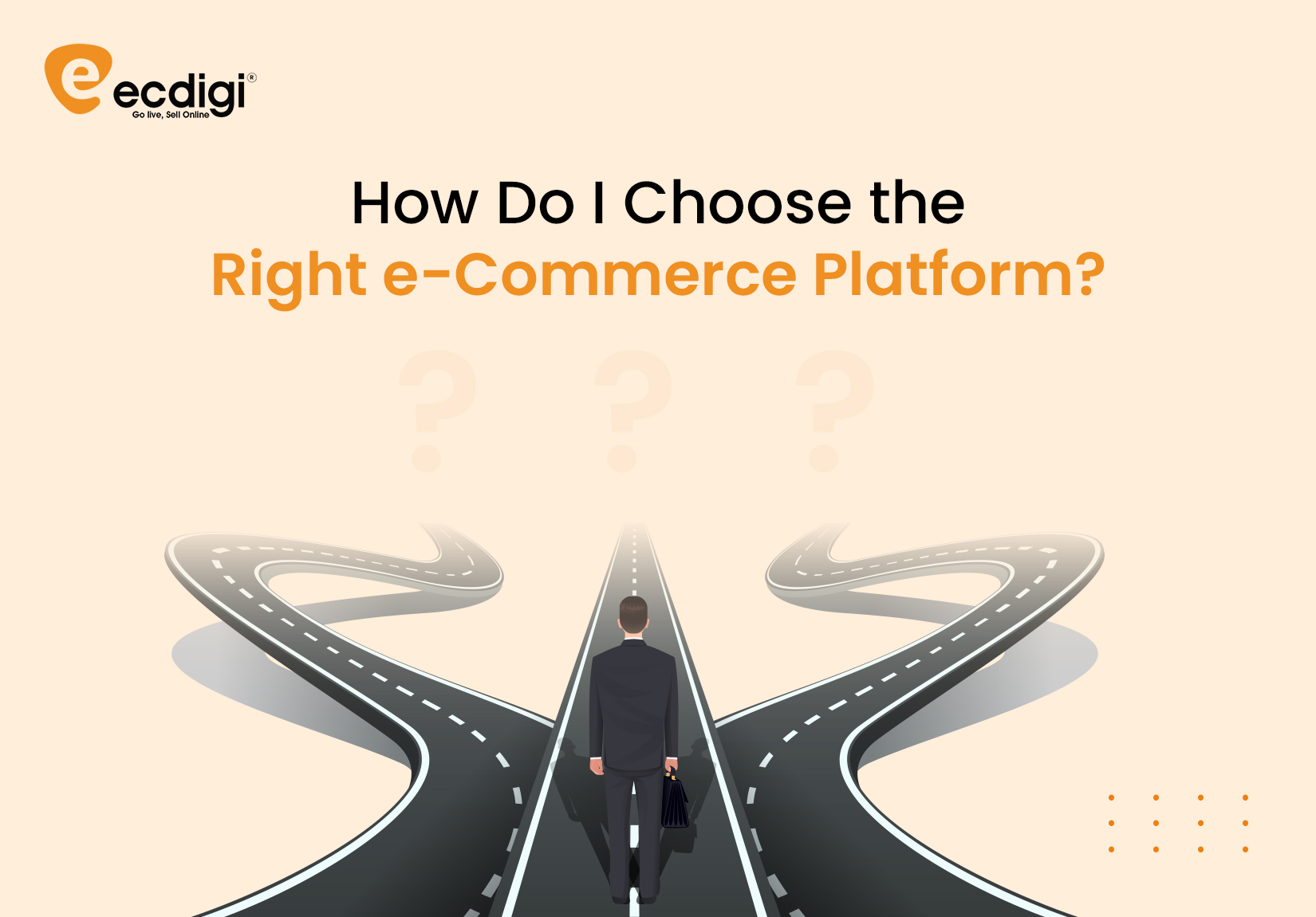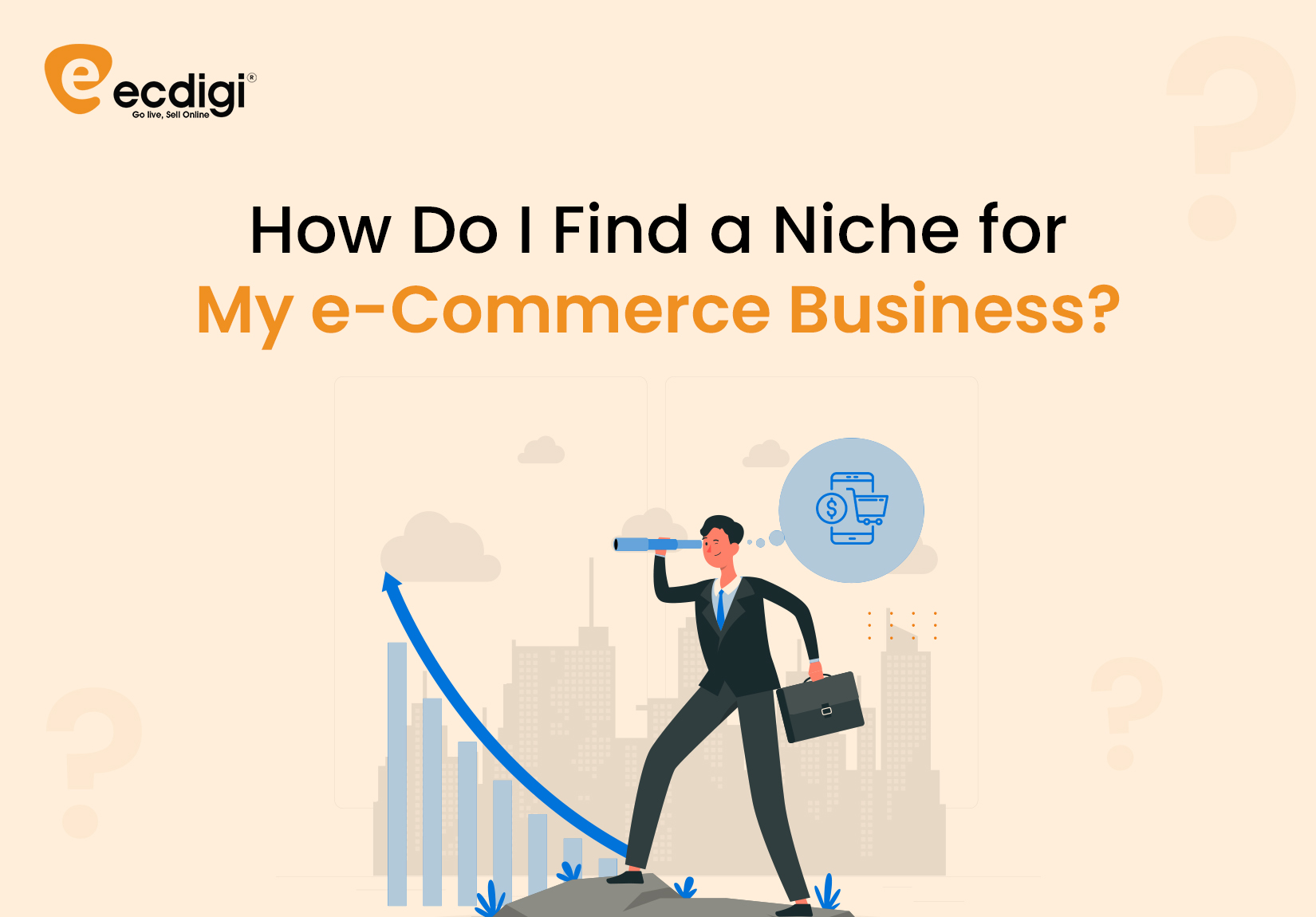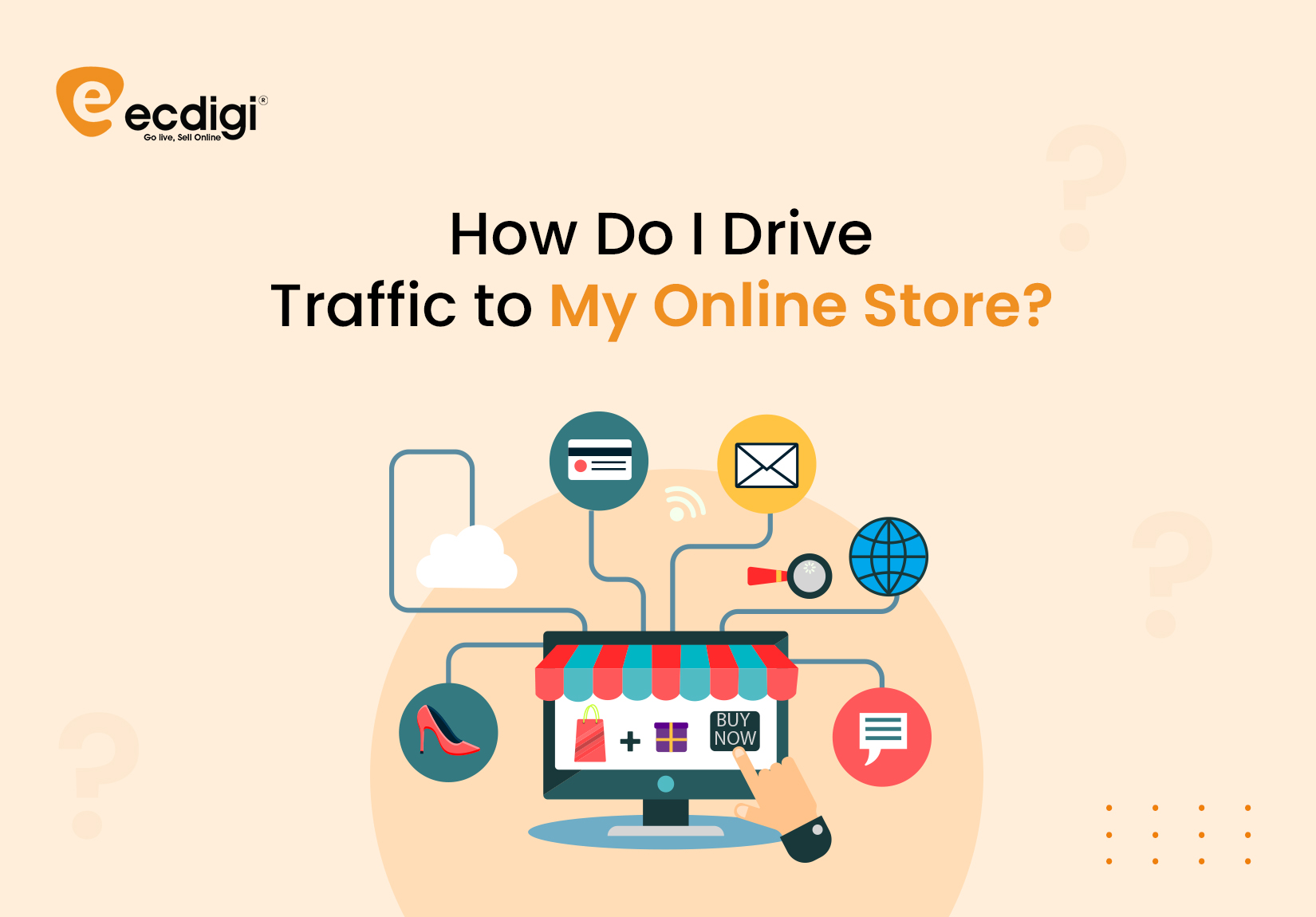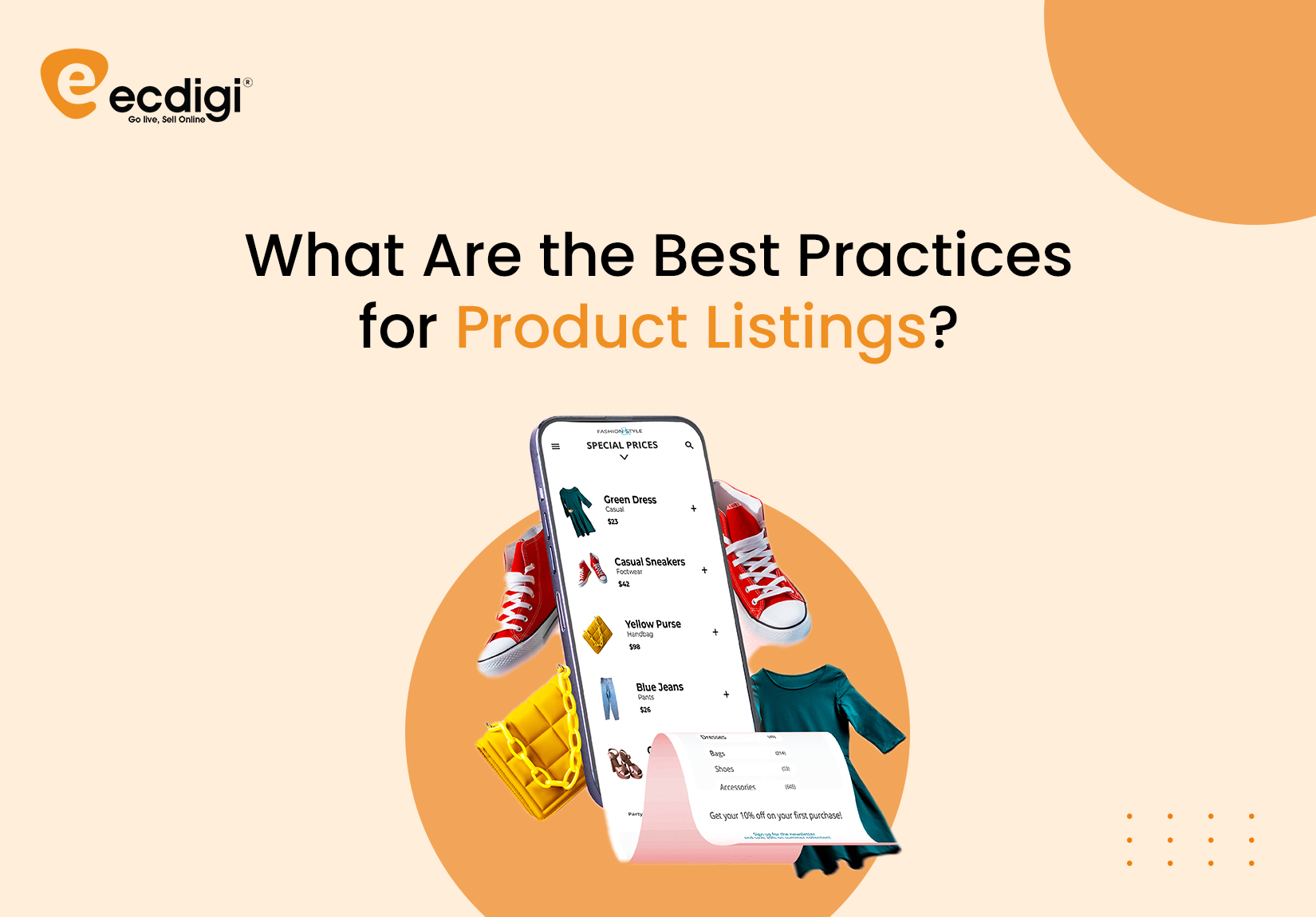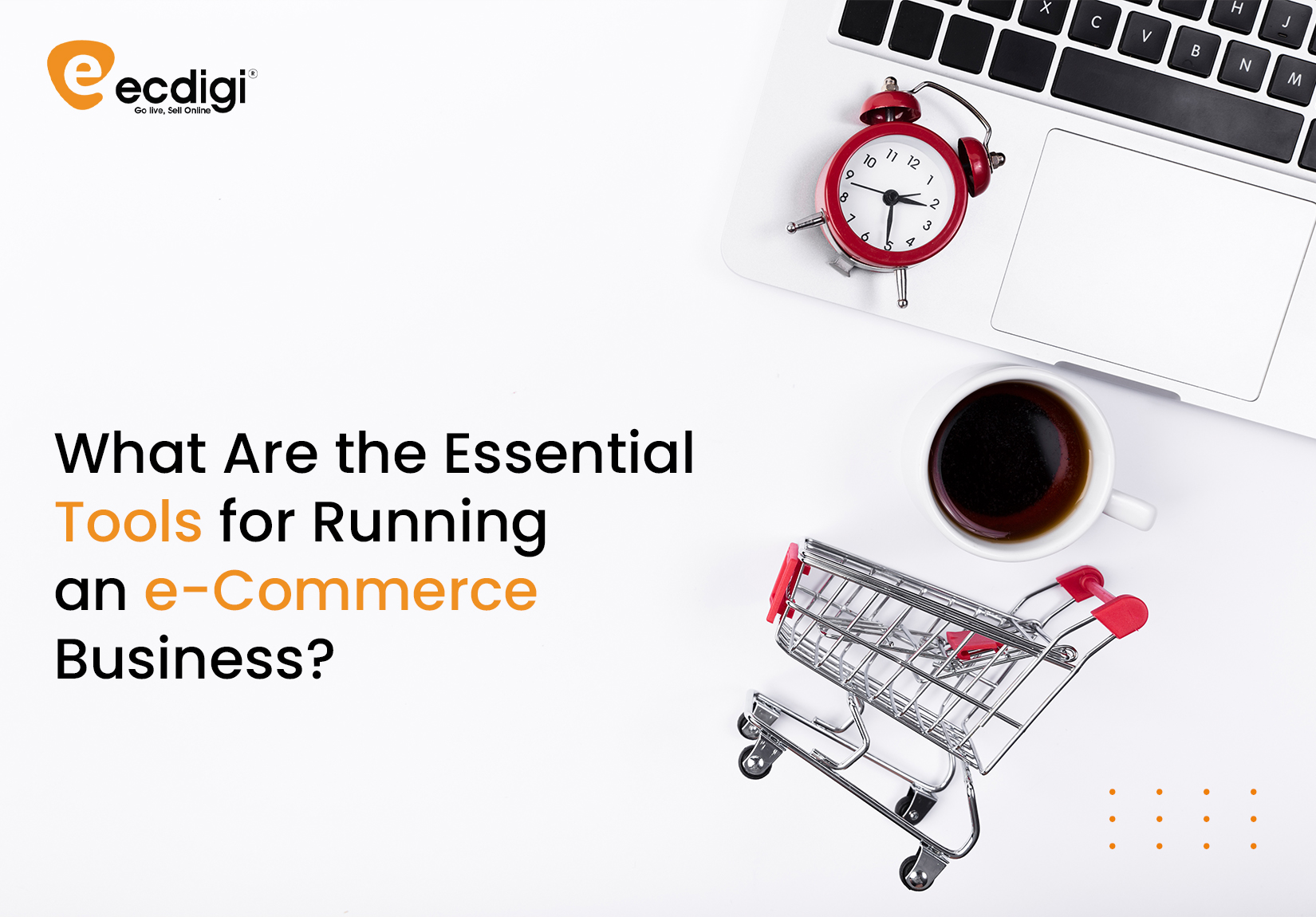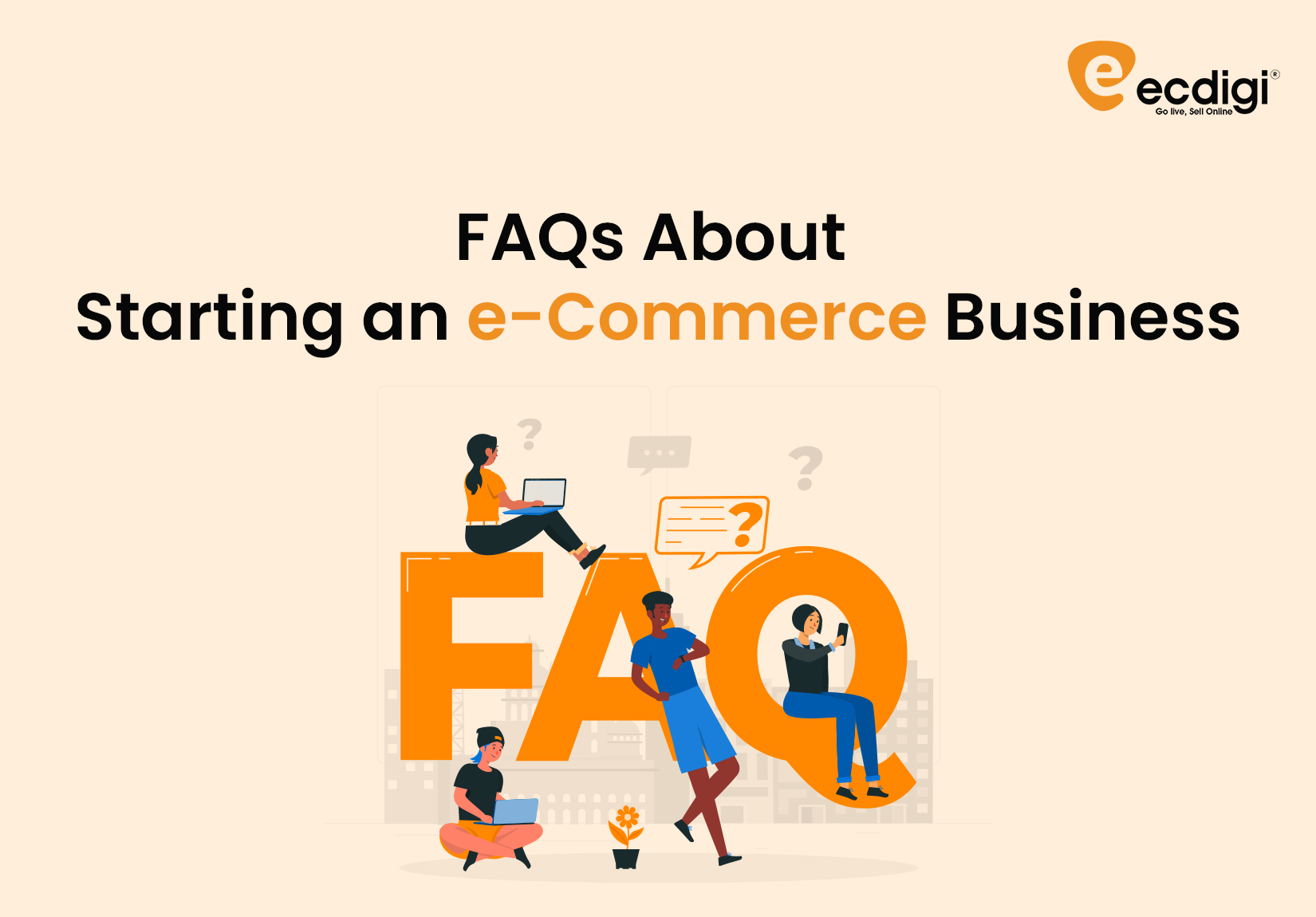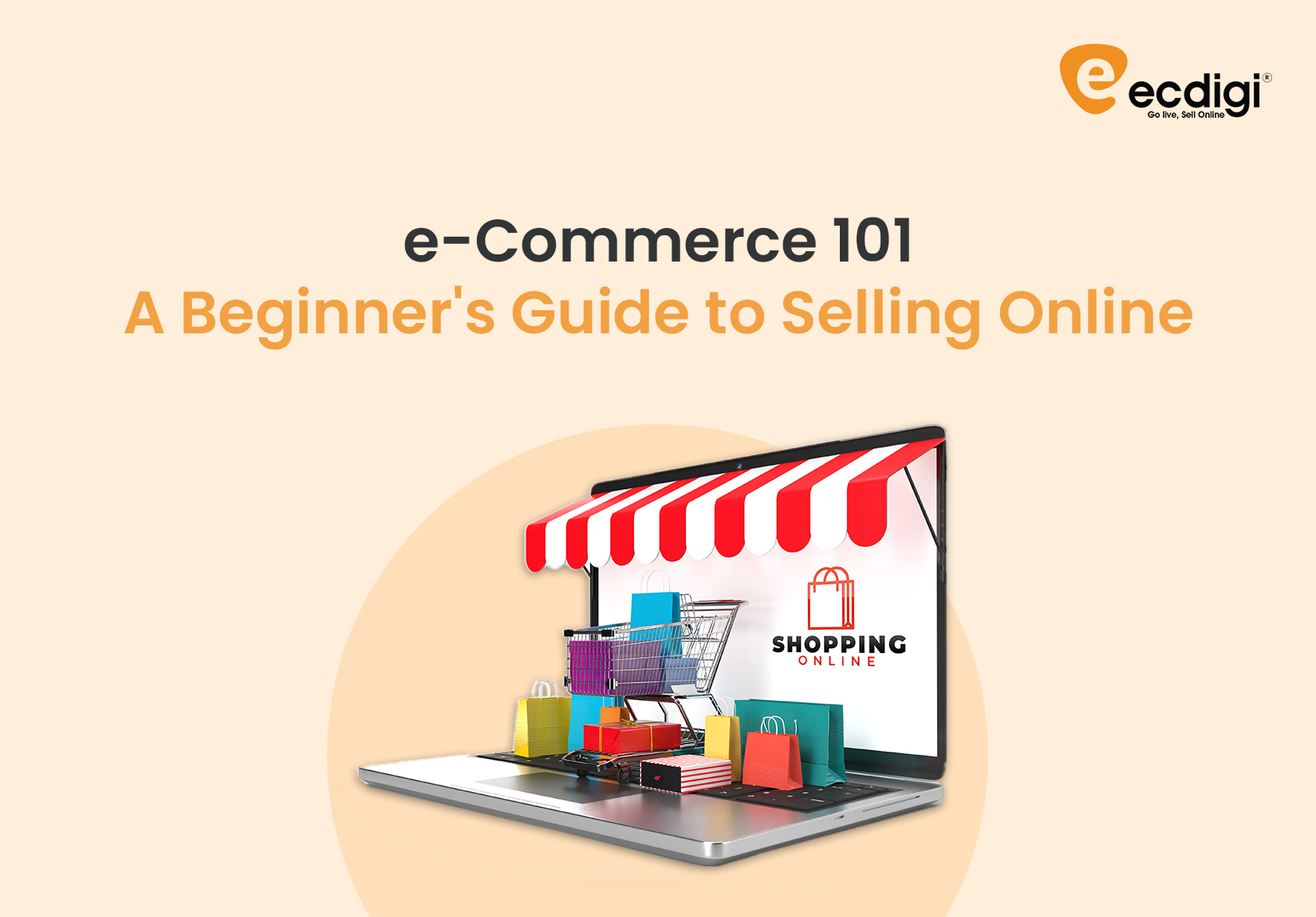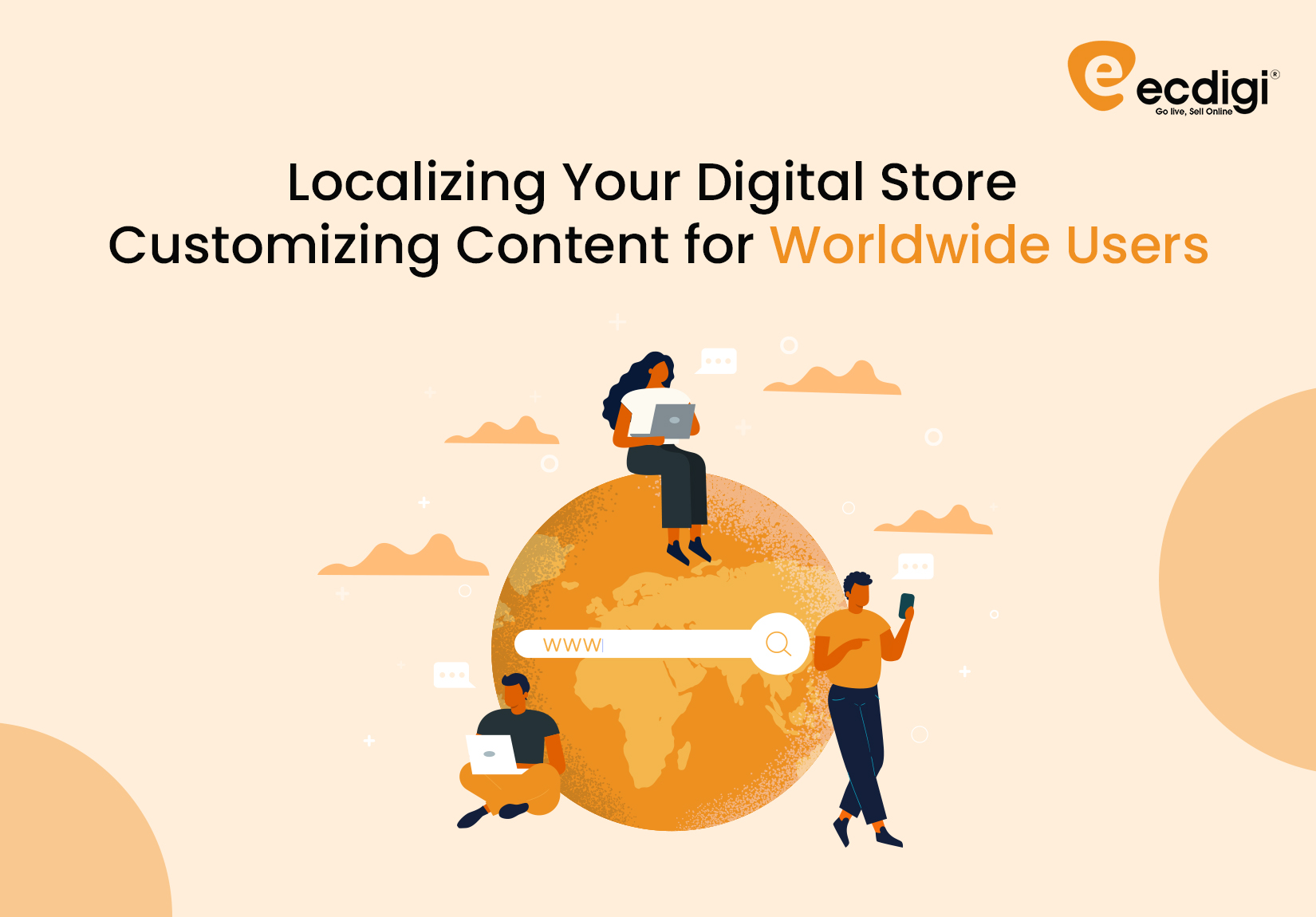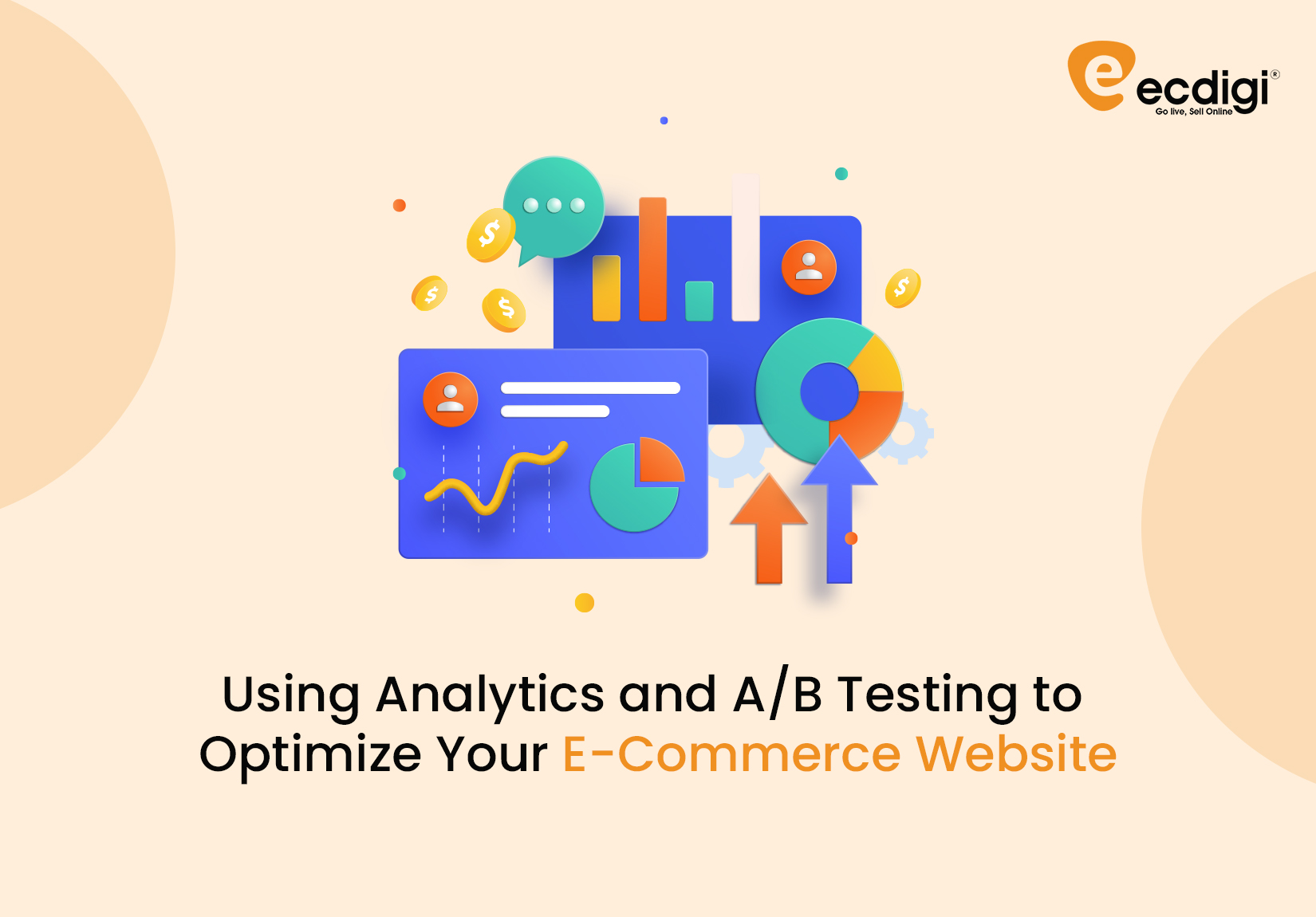E-Commerce Trends Post-COVID-19
What Has Changed?
E-Commerce Trends | 12 Oct, 2023

The COVID-19 pandemic has reshaped the world in many ways, and the e-commerce landscape is no exception. With predictions indicating that e-commerce revenue reached a staggering $6.54 trillion by 2022, businesses must adapt to the evolving trends to thrive in this digital era. The pandemic's impact was evident as online sales soared, with the US witnessing a remarkable 44% growth in 2020 alone. Notably, it also brought about significant shifts in consumer loyalty, with 60% of shoppers planning to stick with new brands and stores they discovered during the crisis.
In the backdrop of a dynamic post-COVID-19 world, where e-commerce has taken center stage, let's take a closer look at the projected growth in retail e-commerce sales worldwide from 2021 to 2026.
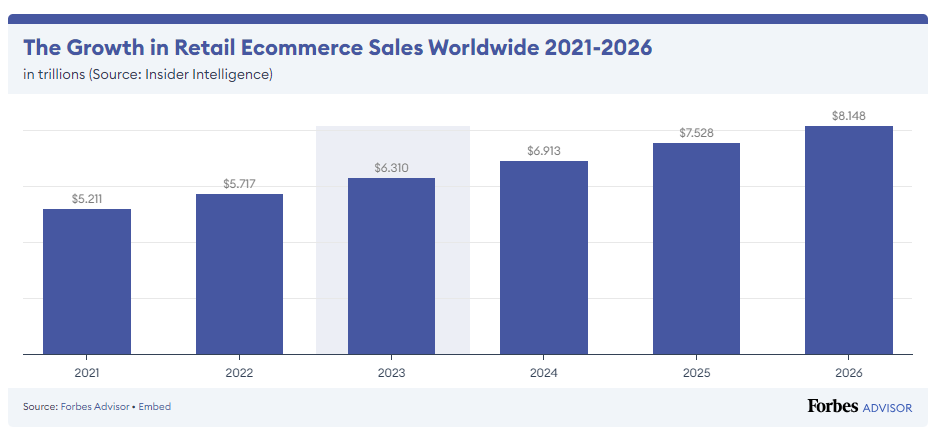
Source-Forbes
Certainly! In this blog, we'll delve into the Post-COVID e-commerce trends that have emerged and had a significant impact on e-commerce sales.
1. The Soaring Success of Online Marketplaces
The COVID-19 pandemic caused significant disruptions in various industries, pushing us to rely more on online shopping. Online marketplaces, including events like Prime Day and Singles Day, nearly doubled their revenue during this period.For savvy sellers, using the right tools such as customer relationship management systems, user-friendly web apps, smart supply chain management, and subscription services has become essential. These tools help them target a global market effectively. This expanding market is projected to grow by a remarkable 27%, reaching close to a staggering $5 trillion by 2026.
2. Prioritizing Convenience Over Pricing
The COVID-19 pandemic introduced many people to the world of digital shopping. With restrictions in place during quarantine, traditional shopping became challenging. As a result, consumers increasingly turned to e-commerce to fulfill their daily needs. In this shift, convenience emerged as a key factor.
Customers have developed new habits that influence their approach to purchasing essential items, fresh foods, and beverages. They now expect their online shopping experiences to excel in terms of options, payment methods, and delivery speed, valuing convenience above all else. This shift has, in some ways, eclipsed the traditional emphasis on pricing.
3. Expanding E-Commerce Horizons
E-commerce has evolved far beyond its origins as a platform for purchasing essentials like food, fashion, and gadgets. The digital marketplace now encompasses a vast array of products, including groceries, furniture, vehicle parts, and more. This shift from convenience to dependency on online commerce may not happen overnight, but its impact on businesses is undeniable.
As consumers increasingly turn to e-commerce for diverse needs, brands must adapt their strategies to stay relevant and competitive in this evolving market. Embracing this trend is not just a choice but a necessity for businesses aiming to thrive in the dynamic world of e-commerce.
4. Social Media's E-Commerce Impact
As online retail demand surged, several social media platforms seized the opportunity by enhancing their commerce features, contributing significantly to e-commerce growth after COVID. This enabled shoppers to seamlessly browse and purchase products without leaving the platform, creating a synergy with e-commerce operators. In 2020, social commerce contributed 3.4% of total e-commerce sales, a figure expected to keep rising.
However, social media's role in retail isn't confined to on-platform shopping alone. Millennials and Gen Z consider social media platforms superior to online search when it comes to discovering new products, highlighting the broader impact of social media on consumer behavior.
[Attached Screenshot: Social Media E-Commerce Stats 2021-2026]
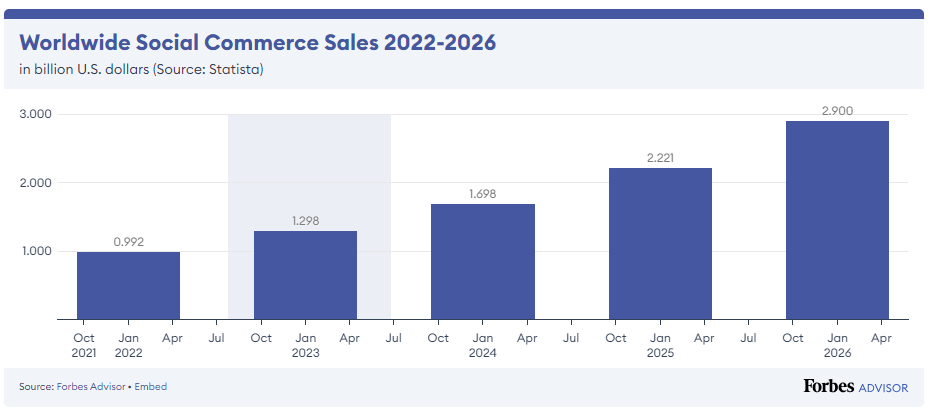
Source-Forbes
5. The Rise of Influencers in E-Commerce Marketing
In the era of social media dominance, influencers and Key Opinion Leaders (KOLs) have become indispensable allies for brands seeking to tap into their expansive audiences. Collaborations between brands and influencers have become commonplace across various social media platforms, from Facebook ads to YouTube branding videos.
Influencers, armed with an in-depth understanding of their audiences, excel as content creators and valuable partners for brands. Leveraging influencers' expertise, brands can effectively promote their products and marketing campaigns. Notably, digital commerce platforms like Facebook, Instagram, and YouTube have harnessed the power of influencers to significantly boost their brand presence and revenue in recent years.
6. Bridging Generational Gaps Amidst the Pandemic
The pandemic has transformed e-commerce from a Gen Y and Gen Z domain to a lifeline for a wider demographic: the elderly. With seniors being more vulnerable to COVID-19, many have embraced online shopping as a safer alternative. To cater to this diverse customer base, businesses must adapt and develop inclusive marketing strategies. Brands targeting the elderly should also consider going digital to tap into this expanding market, ensuring both safety and revenue in these changing times.
7. Adapting to Changing Customer Demands in the Post-Pandemic Era
As the customer base expands, market preferences are also undergoing a transformation. A recent Nielsen survey highlights five intriguing trends shaped by the pandemic:
-
 Prioritizing health and wellness products.
Prioritizing health and wellness products.
-
 Purchasing preventive health items like masks and sanitizers.
Purchasing preventive health items like masks and sanitizers.
-
 Stockpiling pantry essentials.
Stockpiling pantry essentials.
-
 Opting for bulk purchases.
Opting for bulk purchases.
-
 Reducing shopping frequency.
Reducing shopping frequency.
These trends indicate a heightened demand for health, long-shelf-life groceries, and safety gear. Businesses should realign their strategies to meet these evolving consumer behaviors effectively.
8. The Vital Role of Fast Delivery in E-Commerce
Quick, efficient delivery has become a non-negotiable for online shoppers. Lengthy delivery times drive customers away, with a significant portion opting for in-store shopping due to this concern. In the fiercely competitive world of online retail, fast delivery is the key to staying ahead. Brands are striving for one-day delivery with reasonable shipping fees as the ultimate goal. However, logistics, especially in cross-border commerce, poses challenges. Sellers must navigate hidden fees, exchange rates, and tax conversion costs to ensure efficient international supply chains.
9. E-Commerce Supply Chain Diversification
The COVID-19 pandemic exposed the vulnerabilities of relying on a single market for supply. Business disruptions, canceled orders, soaring shipping costs, and workforce shortages became all too common. To mitigate such risks, e-commerce sellers must assess the most vulnerable areas in their supply chains and identify regions capable of producing similar products or services. By building a diverse network, cross-border sellers gain better insights into international markets, enhancing their ability to predict and adapt to future disruptions.
10. AI and AR in E-Commerce
AI and AR are transforming e-commerce. AI utilizes past shopping behavior to recommend products, while AR allows customers to preview items virtually before buying, enhancing the shopping experience and driving sales.
In conclusion, staying updated is crucial as COVID-19 reshapes the global economy. Embracing these top 10 e-commerce trends post-COVID-19 is essential for securing a competitive edge in the market.
Next Article
2023-10-12 09:30:00






